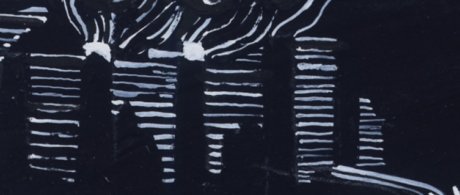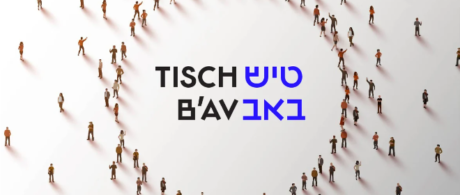What is Tisha B’av?
Tisha B’av, also known as the Ninth of Av, is a significant day of mourning in the Jewish calendar, marking the destruction of both the First and Second Temples in Jerusalem. Observed annually on the ninth day of the Hebrew month of Av, Tisha B’av is a day of fasting, prayer, and reflection on the numerous tragedies that have befallen the Jewish people throughout history.
Historical Significance of Tisha B’av
Tisha B’av commemorates the destruction of the First Temple by the Babylonians in 586 BCE and the Second Temple by the Romans in 70 CE. These events led to the exile and dispersion of the Jewish people. Additionally, Tisha B’av is associated with other significant tragedies in Jewish history, such as the expulsion of Jews from Spain in 1492 and the start of the First Crusade in 1096, which resulted in the massacre of many Jewish communities.
How to Observe Tisha B’av
Tisha B’av is observed with a 25-hour fast, beginning at sunset on the eighth of Av and ending at nightfall on the ninth of Av. During this time, Jews refrain from eating and drinking, bathing, wearing leather shoes, and engaging in marital relations. The day is marked by special synagogue services, where the Book of Lamentations (Eicha) is read, and kinnot (dirges) are recited, expressing sorrow over the destruction of the Temples and other calamities.
Customs and Traditions of Tisha B’av
On Tisha B’av, many Jews sit on low stools or on the floor, as a sign of mourning, during the evening and morning services. Torah study is traditionally limited to sections that deal with tragedy and destruction, as the usual joyful nature of learning is subdued. In the weeks leading up to Tisha B’av, known as the Three Weeks and the Nine Days, additional restrictions are observed, such as refraining from haircuts, weddings, and listening to music.
Modern Reflection
While Tisha B’av is a day of deep mourning, it also serves as a reminder of the resilience and hope of the Jewish people. The day encourages reflection on past tragedies and the aspiration for future redemption and peace.
In summary, Tisha B’av is a pivotal day in the Jewish calendar, commemorating significant historical tragedies and fostering a spirit of reflection, mourning, and hope.





